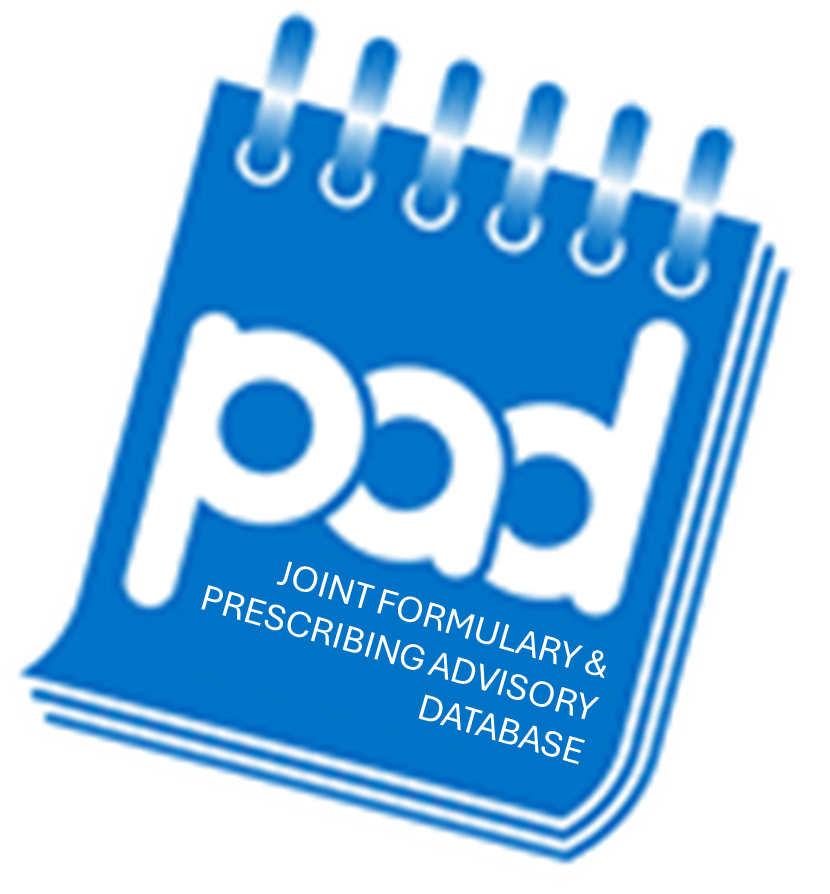
Bevacizumab - Wet age-related macular degeneration
You are here : Home > Formulary Search > Bevacizumab - Wet age-related macular degeneration
I agree that in using this database I understand that this platform only provides guidance on local prescribing policy and that all prescribing decisions are ultimately the responsibility of the clinician.
Status 1
Non Formulary
Formulations :
- Intravitreal injection
Formulary Status :
Associated Icons :
Restrictions / Comments :
Important
Avastin is not supported for use in wet AMD
Documentation
Guidelines (National)
PAD Profile
ChemicalSubstance :
Bevacizumab
Indication :
Wet age-related macular degeneration
Group Name :
Keywords :
wAMD, wet AMD
Brand Names Include :
Avastin
Important Information :
Latest Additions Date From :
Latest Additions Date To :
Guidelines :
Supporting Documents :
1
Committee Recommendations (1)
The Surrey Heartlands Integrated Care System Area Prescribing Committee have considered implementation of the NHS England Commissioning Guidance for Wet Age Related Macular Degeneration (AMD) and a NON-FORMULARY traffic light status was agreed for Bevacizumab (Avastin) for use in wet AMD.
Other Indications
Below are listed other indications that Bevacizumab is used to treat.
Other Drugs
Below are listed other drugs that are used to treat Wet age-related macular degeneration.
